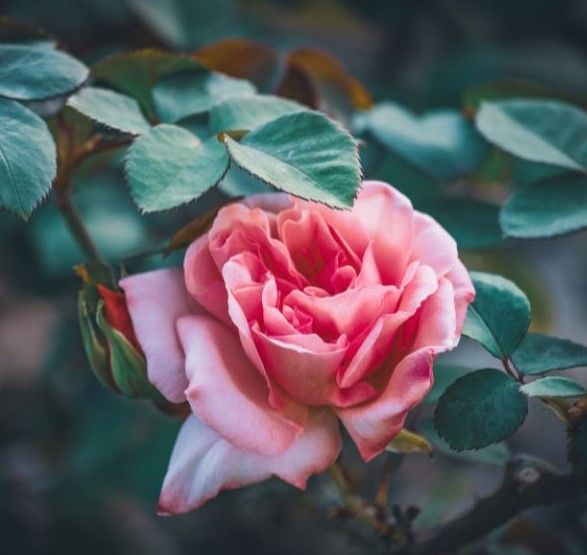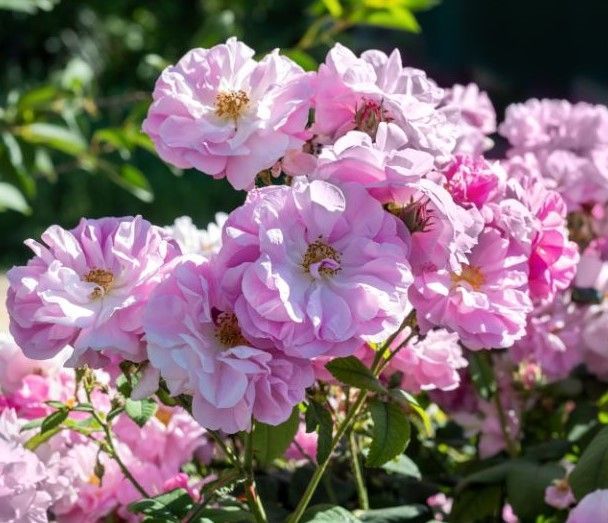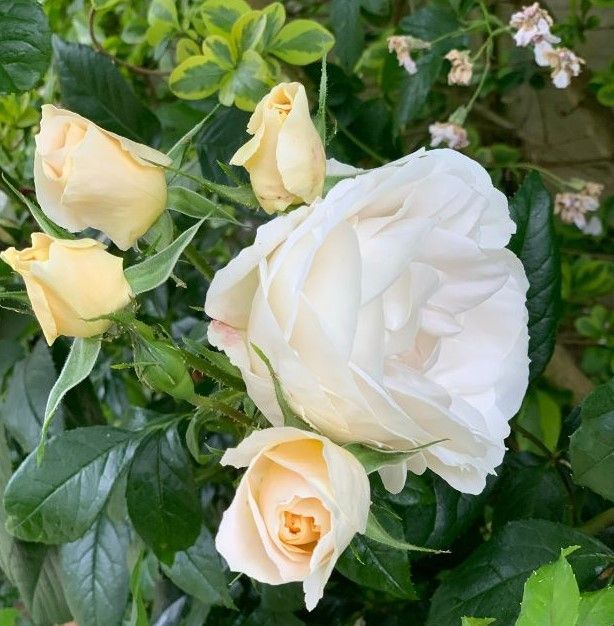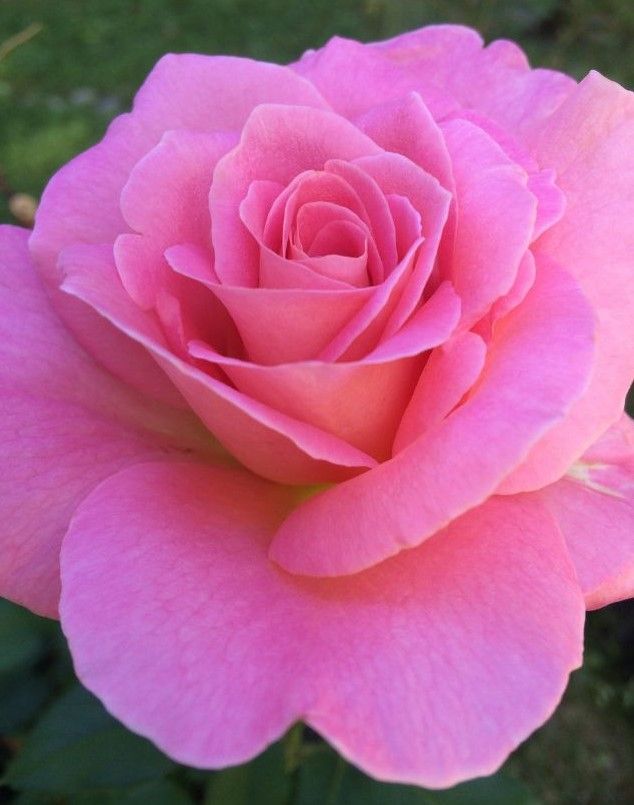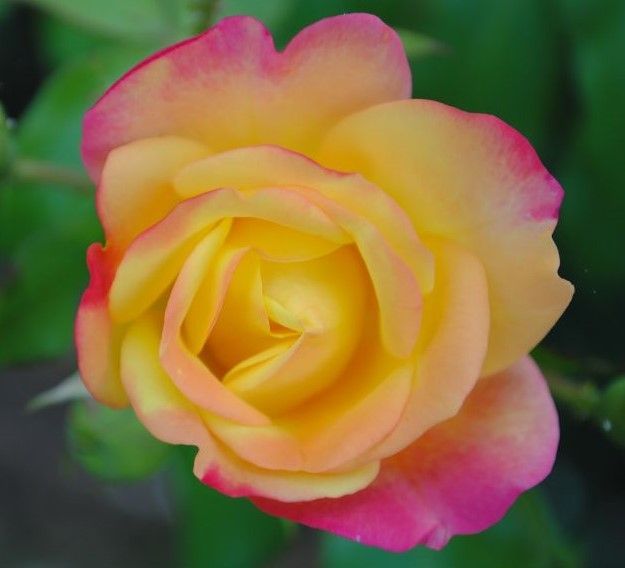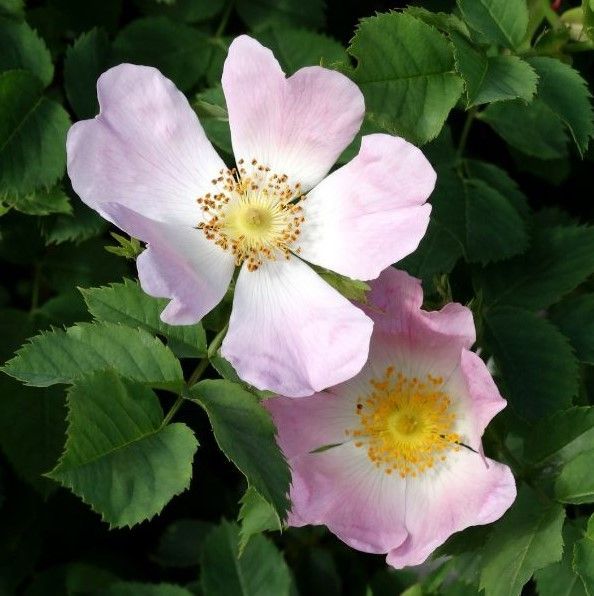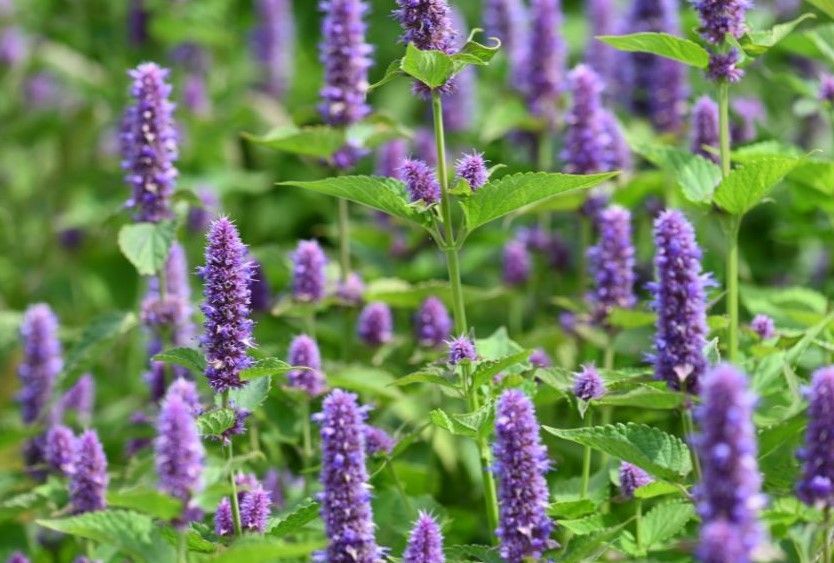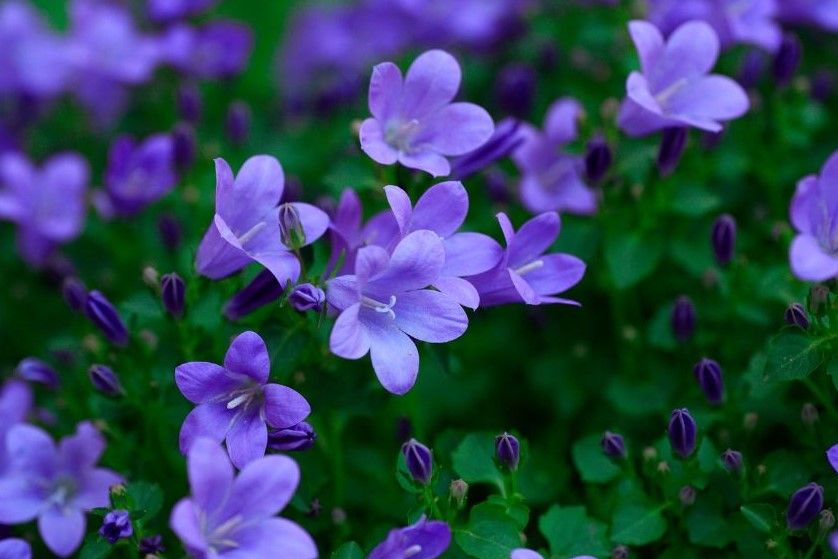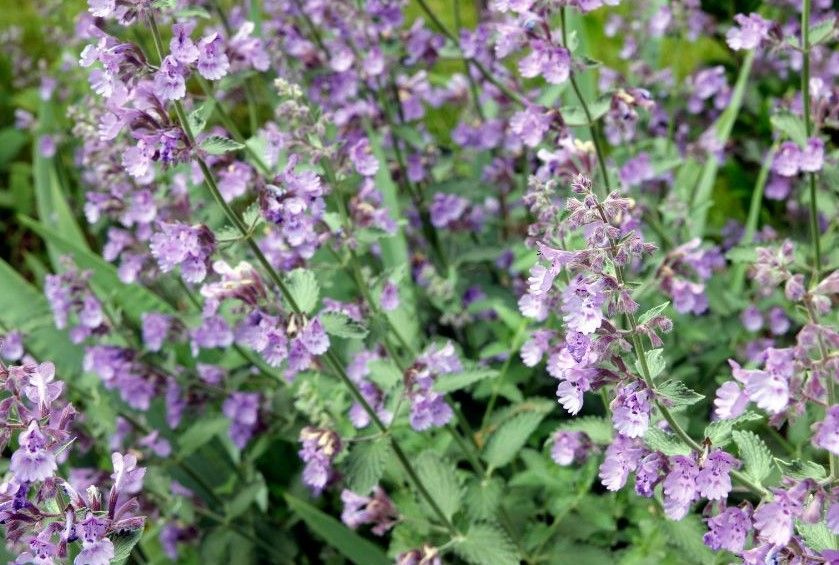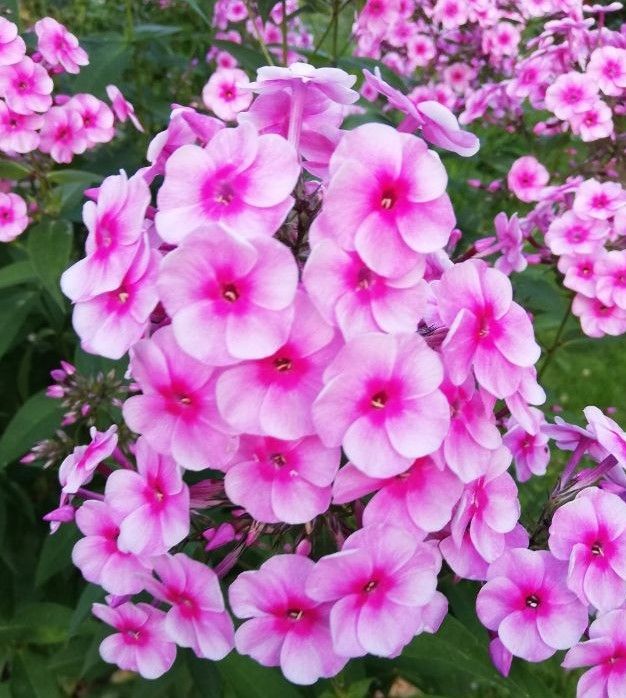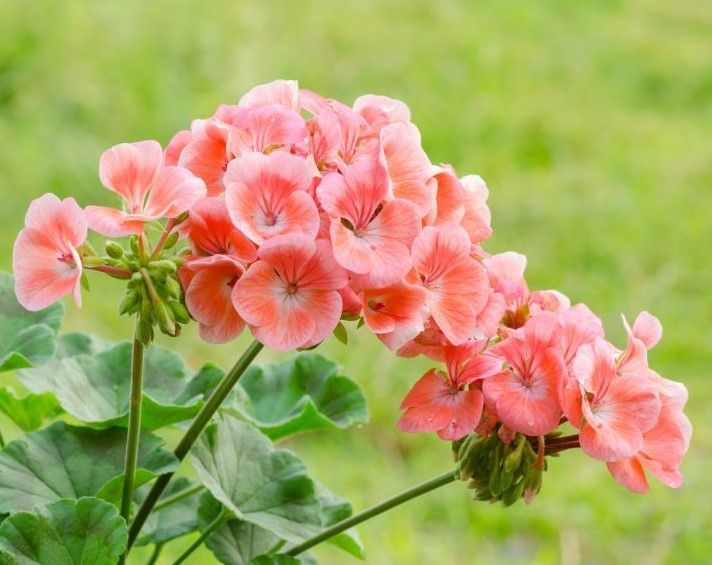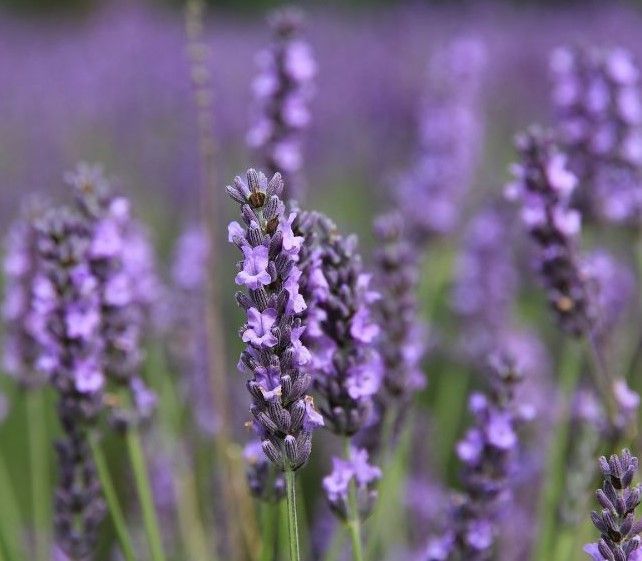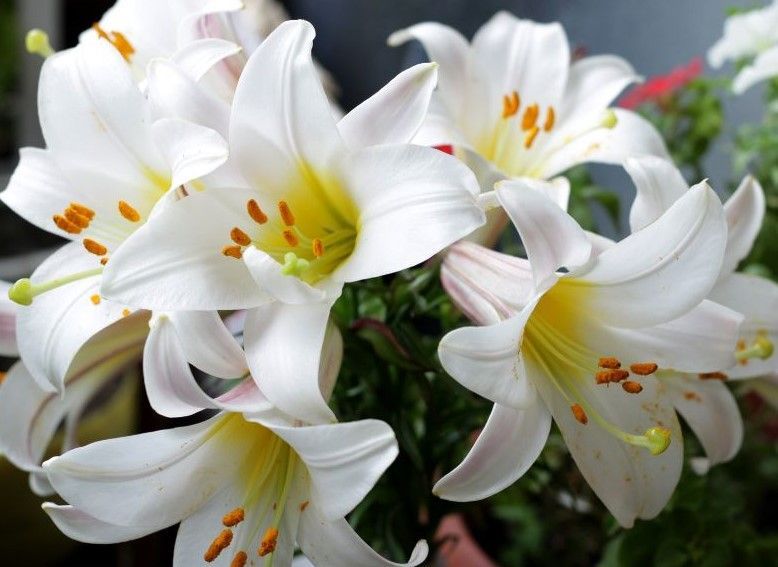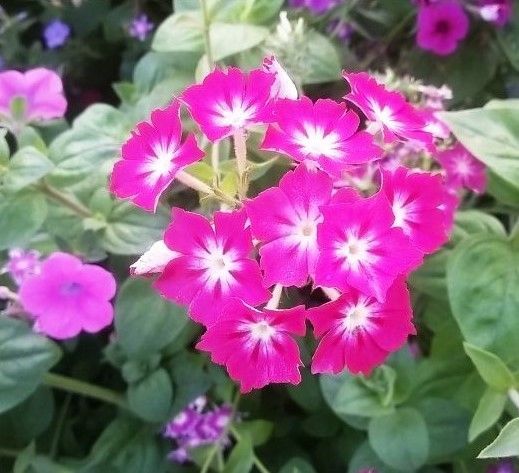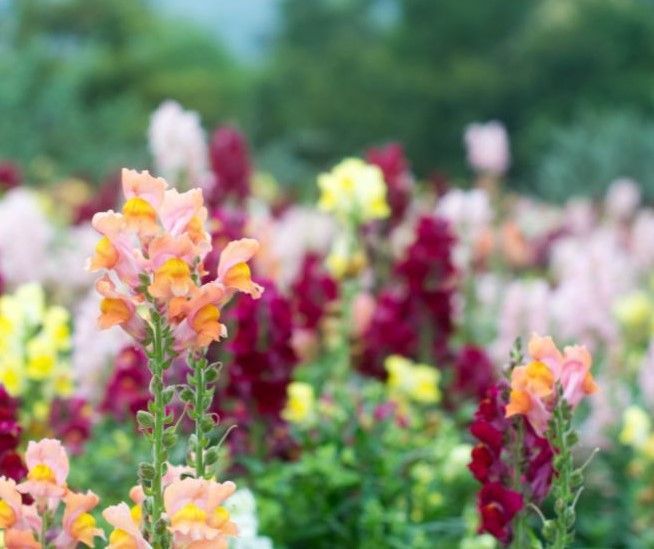Hybrid Tea Rose - The most popular because they produce big flowers on straight stems. They are a cross between hybrid perpetual roses and old-fashioned roses. Hybrid tea roses generally produce only one blossom at the end of each stem rather than clusters of flowers, and they have an open habit. Hybrid tea roses grow quickly and reach their mature size of three to eight feet tall within three to four years depending on the variety and the growing conditions.
All About Roses: The Care and Maintenance of the Flower of Love
What is a rose plant?
Roses are the most popular flowering perennials in the world. Their beautiful, intricately layered flowers, delightful scent, and overall hardiness make them a fun, rewarding plant to grow in both inside and outside gardens. Many cultures around the world the color of the rose means something.
Red - love and passion
Orange - energy and desire
Yellow - friendship and joy
Green – growth and abundance
Blue – mystery and uniqueness
Lavender – wonder and enchantment
Pink – elegance and sweetness
Peach – sincerity and gratitude
Black – change and courage
White – young love and innocence
Ivory – grace and charm
Apricot – enthusiasm and desire
Rose bushes are mainly grown for their unique flowers with colors of red, pink, apricot, yellow, white, maroon, and variations. The flowers range in shape and size, and many experienced cultivators will experiment with mutations to create unique varieties.
Most rose plants share the familiar general appearance, but their branch structure and size can vary widely, ranging from those with a few stiff, woody canes to wild masses of twisting, curling, climbing vines. The leaf stems grow alternate up the main branches, and the leaflets are pinnated, serrated, and feather-like.
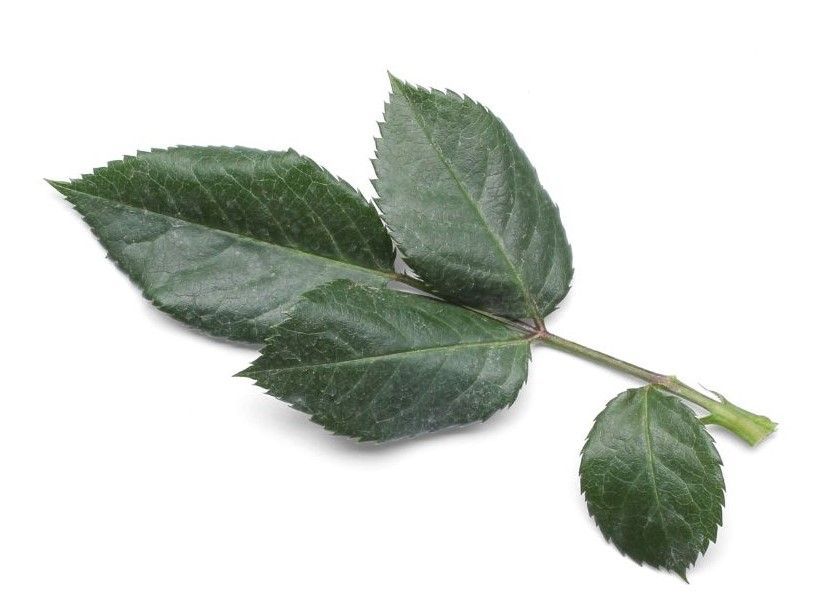
What are the major species and hybrids?
The rose is a woody, flowering perennial shrub of the genus Rosa, in the family Rosaceae. There are over 150 species of rose and tens of thousands of cultivars available to choose from. Among the 100+ species, roses are generally grouped into five broad categories:
How big can a rose bush get?
It depends on the type of plant you have, its growing conditions, and the care and maintenance you provide it. You can find tiny miniatures eight inches tall to climbing roses that can reach eight to twenty feet tall. Small rose varieties can grow about three feet tall and three feet wide. Medium size roses will typically grow between four to six feet tall. Tall size roses can grow in shrub form and reach heights of nine feet.
How fast do rose bushes grow?
Roses are fairly rapidly growing perennials, depending on the variety, you will usually see blooms the first year. However, the quantity and size of the blooms will be less impressive than those at maturity, which occurs after three to four years. The growth rate will depend on the size of the rose bush when planted, the type of rose, the growing conditions, and the ongoing care and maintenance of the plants.
What zones do roses thrive in?
Rose plants will thrive in zones 3 through 11 in the United States, with plants cultivated in warmer climates blooming sooner than those in cooler climates. Roses need as much sunlight as they can get; a minimum of five hours a day of full sun will work.
How do I care for a rose bush?
Planting
Spring is the best time to plant rose bushes. Roses tolerate most soil types; however, they are heavy feeders and require nutrient-rich soils or regular fertilization. The soil can be slightly acidic to neutral, 6.5 to 7.0. For soils that are poor or heavy in clay, incorporate several inches of organic matter into the soil for drainage and additional nutrients.
Follow the planting instructions for the rose type you are planting. Some recommend forming a cone of soil at the bottom of the hole and spreading the roots over the cone. This encourages the roots to grow straight down, as a deeper foundation is better for the plant. Other plant varieties prefer to climb; you’ll want to provide them with a trellis or wall to climb on.
Lighting
No matter the species, roses should receive full sun throughout the day. This means avoid planting roses under trees or in shaded areas. You’ll also want to avoid overcrowding your rose bushes; a lack of adequate air flow will result in fungal infestations.
If your property does not get full sun throughout the day, or you do not have an outdoor space to grow roses, you can still be successful if you find the right lighting. Areas that receive bright morning sun are preferable to areas that receive the strong afternoon sun, to avoid burning and overheating. You can also use a high-quality grow light indoors to achieve a full sun affect. Use the lights as per the manufacturer’s recommendations for best results.
Watering
It is best to water roses twice a week, deeply and thoroughly. When watering, focus the majority of the water on the soil and roots, as too much water left on the leaves can invite diseases. Avoid watering in the late evening, because excess water will not have time to evaporate in the sun and can promote powdery mildew.
Potted roses should stay moist, but not soaked. Make sure the pot has adequate drainage abilities. The soil should not dry out fully before you water again. Depending on the conditions, you may water every 2 to 4 days.
Feeding
We recommend finding an organic fertilizer or several organic amendments to feed your rose bushes. Organic fertilizers are safer for your plant’s health and are better for the environment too.
Another option is to feed your rose bush with a slow-release granular fertilizer mixed into the soil. For most chemical fertilizers, you’ll want to first apply when the plant begins to leaf out in the spring, and about every four to six weeks throughout the growing season. You will want to stop feeding the bushes six weeks before your first frost to prepare them for winter.
Pruning
Pruning is essential to cultivating a healthy plant. It encourages new growth, removes dead wood, helps create a pleasing shape, and increases airflow to reduce the chances of fungal disease. In most regions, pruning can occur between late winter and early spring. It is best to prune the bush before the buds break open and right after hard frosts have ended.
Before you start pruning, specifications will vary depending on the type of rose bush you have planted.
In general, you will want to prune the dead woody remains of flowering branches, dead leaves, spent flowers, branches that are spindly or oddly shaped, and shoots that extend beyond your desired growing area. Maintain a “V” formation between several, evenly spaced major branches that sprout from the ground to establish a strong foundation for the bush. Ensure that airflow is adequate by thinning out areas that are densely packed with leaves. Always clean your pruning tools before and after you cut to prevent the spread of disease!
How long do roses bloom?
A rose will bloom throughout the year depending on your climate. A complete bloom cycle can take six to eight weeks from start to finish. About two to four weeks after growth begins, you should see buds beginning to grow. It generally takes about two weeks for a rosebud to become a full rose flower. You have about 2 weeks to enjoy the blooms before they begin to wither. After the rose has bloomed, you want to deadhead to cut off the dying rose, to begin a new cycle.
Roses cut for a bouquet can last anywhere between four to seven days.
What are the best companion plants for roses?
Roses are spectacular on their own but pairing them with plants that complement them will make your garden even more beautiful. Some companion plants are Anise-hyssop, Bellflower, Catmint, Phlox, Geraniums, Lavender, Lilies, Salvia, Four O’clocks, Lantana, and Summer Snapdragon.
What pests and diseases are roses susceptible to?
Roses are notoriously susceptible to many pests and diseases, including powdery mildew, black spot, rust, and aphids.
Powdery Mildew
Powdery mildew appears as a grayish-white powder on the surface of young leaves and stems. It is often caused by high humidity and lack of airflow through the leaves. It can be difficult to get rid of and requires consistent treatment and a vigilant eye. We recommend purchasing neem oil and generously spraying the foliage, stems, and soil on a weekly basis.
Black Spot
Black spot fungus appears as conspicuous black spots on leaflets and causes them to fall off. The spores develop fruiting bodies, called acervuli, in the black lesions. These produce spores that splash onto new tissue, spreading the disease. Ideal growing conditions will help keep your rose bush healthy, a sunny location, well-draining soil, and good air-flow. Spraying with insecticidal soaps or neem oil. Neem oil will get inside the plant’s system, do not spray in full sun, as it could burn the rose bush.
Rust
Rust is another common disease of roses. It is caused by a fungus called Phragmidium. Phragmidium only infects roses. Rust fungus will overwinter in debris and dead material under the rose bush. In the spring it will carry it to new plants. Rose rust likes humid and or damp conditions and thrives between 64 and 69 degrees. To treat rose rust, wear disposable gloves, remove affected plant material, apply neem oil. Do not apply neem oil is the rose bushes are dry, make sure to water them thoroughly a few days before applying the oil. If the rose bush itself is wet, wait till it has dried, and apply the neem oil. Test a small section of the rose bush to make sure it can tolerate the treatment.
Aphids
Aphids are a common insect pest on the leaves and young stems. Aphids are usually found in a cluster. They can overwinter on plants and underneath leaves or mulch, with eggs hatching in early spring. Some ways to get rid of aphids is spray with water, strong enough to knock the aphids off but not to damage the foliage or flowers. Use a solution of soap and water, use a mild liquid soap, not detergent. Mix 1 tablespoon of soap with 1 quart of water. Apply neem oil, make sure to coat the entre rose bush. Ladybugs will feed on aphids. Attract birds, such as finches, warblers, and sparrows, they feed on aphids.
References:
How to Grow and Care for Rose Bushes (thespruce.com)
Rose | Description, Species, Images, & Facts | Britannica
When Do Roses Bloom (Rose Bloom Calendar and States) - Gardenia Organic
Floribunda Rose: Facts, How to Grow and Maintenance Tips (housing.com)
Grandiflora Roses - Minneopa Orchards (minnetonkaorchards.com)
10 Popular Heirloom Roses For Your Garden (thespruce.com)
What Is the Biggest Type of Rose? (sfgate.com)
The Best Companion Plants for Roses (thespruce.com)
How to Prune Roses (thespruce.com)
Rose Color Meanings - Fiftyflowers
How Long Does It Take for Roses to Bloom? (gardenhelpful.com)
Images - Canva
Tallest to Shortest Roses (sfgate.com)
Information On Polyantha And Floribunda Roses (gardeningknowhow.com)
How to Treat and Prevent Black Spot on Roses (thespruce.com)
Aphids on Roses? How to Get Rid of Them Safely | Garden Design
Check out the latest:



